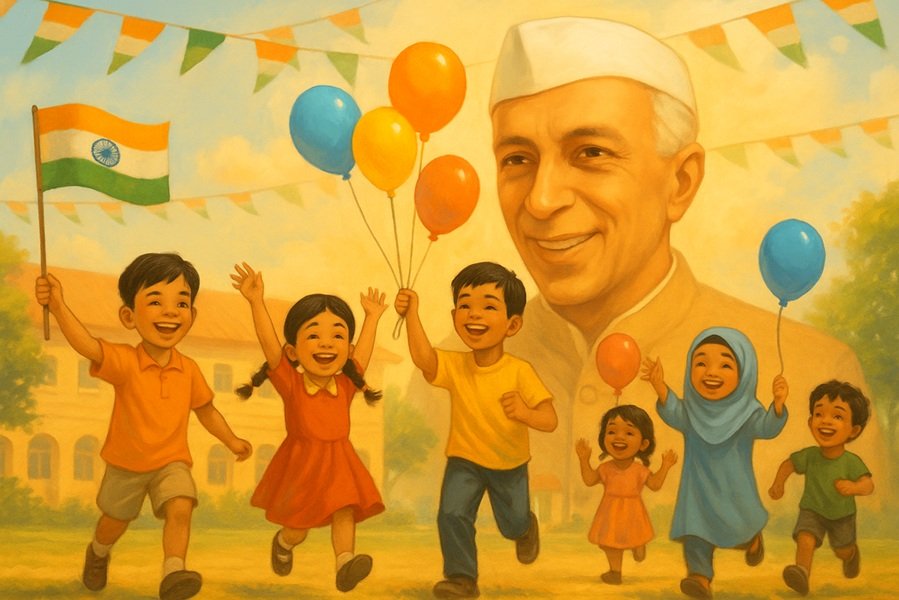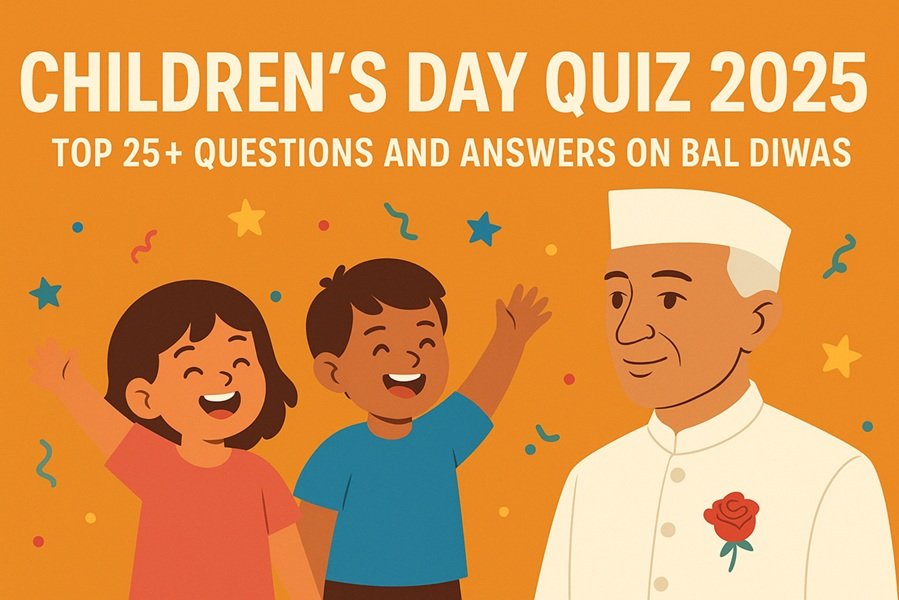
The Ghibli Art Trend has become very popular on social media. People are turning their pictures into dreamy, animated-style images inspired by Studio Ghibli, a famous Japanese animation studio. The trend looks beautiful and fun, but its quick rise in India shows something deeper—our habit of following foreign trends while ignoring our own.
Why Indians Follow Social Media Trends
Indian social media users on platforms like Instagram, Twitter, and Facebook (where available) love joining global trends. It happened with AI profile pictures, the Barbiecore style, and now the Ghibli Art trend. But why do we follow these trends so quickly? The main reason seems to be the fear of missing out (FOMO) and the need to look ‘cool’ online.
There’s nothing wrong with enjoying international trends, but why do we not show the same excitement for Indian art and culture? When foreign influencers make fun of India or say something negative, most people stay silent instead of defending their own culture.
Ignoring Our Own Culture
Indians love participating in trends from Japan, Korea, or Western countries, but often ignore or even look down on traditional Indian art. Styles like Madhubani, Warli, and Pattachitra are rarely made popular in modern ways. Instead of creating new trends inspired by our own rich culture, we simply copy whatever is famous abroad.
At the same time, Indians complain that foreign countries don’t rank India highly or that they face racism outside India. They get upset when global media doesn’t recognize Indian achievements, but hesitate to respond when someone portrays India negatively. This shows a big problem—many people want India to be respected worldwide but don’t take steps to proudly represent their own identity.
The Need for Balanced Engagement
It’s great to take part in fun global trends, but we shouldn’t forget our own culture. Indians should be active in global conversations, but not at the cost of undervaluing their traditions and history.
The real question is: Why is it easy to love Ghibli-style art but difficult to promote Indian-inspired designs? If we can happily adopt foreign trends, we should also proudly share our own culture with the world.
Conclusion
The Ghibli Art Trend is just another example of how Indians quickly follow foreign trends but don’t always celebrate their own culture. There’s nothing wrong with enjoying global trends, but we need to stop making it one-sided. If Indian users can create Ghibli-style versions of themselves, they can also make and popularize art that reflects their own roots. Being part of global culture means not just following trends, but also bringing something unique to the table.



